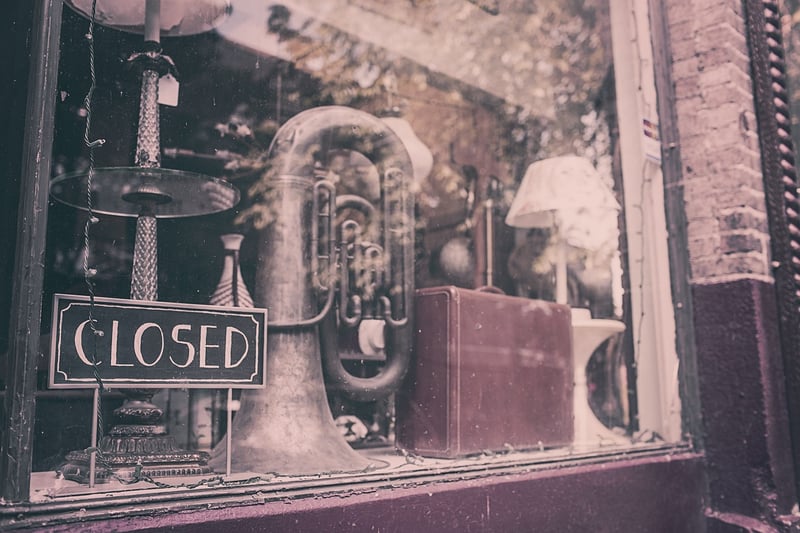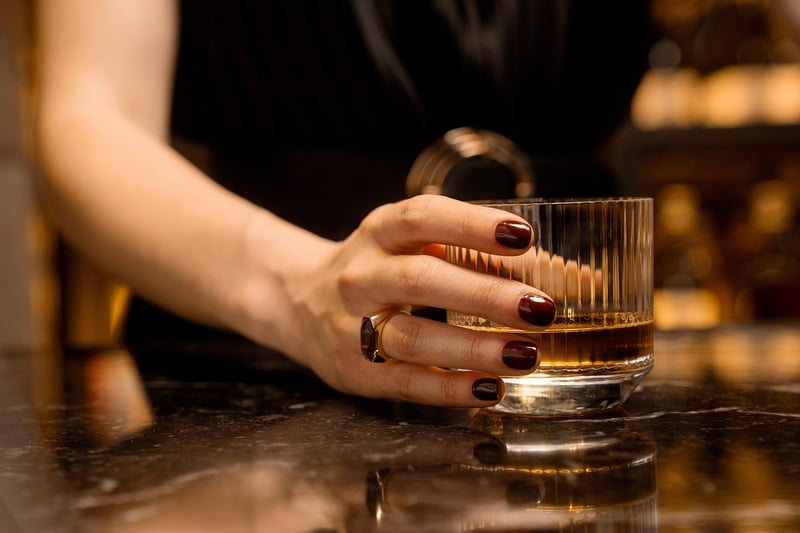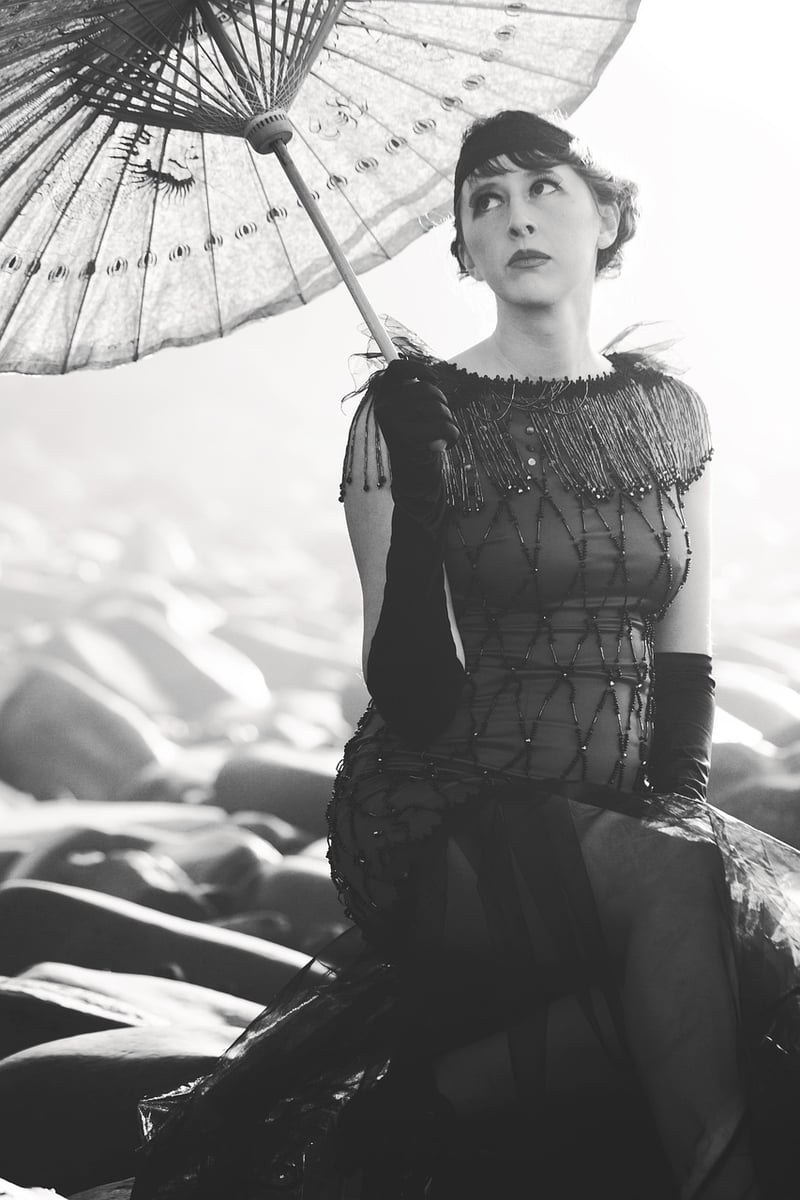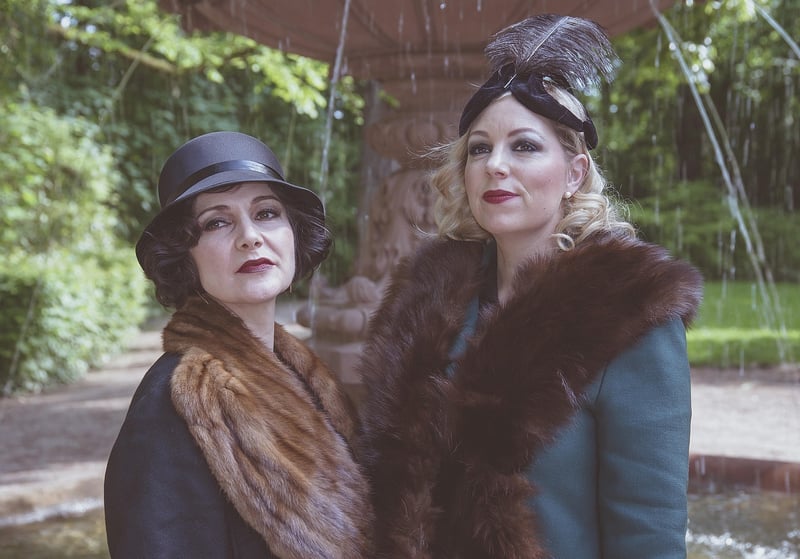Roaring Twenties
The Roaring Twenties: A Time of Excitement and Change
The Roaring Twenties, also known as the Jazz Age, was a time of great social, cultural, and economic change in the United States. This exciting period, spanning from 1920 to 1929, marked a shift towards modernity and new ways of thinking.
The Jazz Age
One of the defining features of the Roaring Twenties was the rise of jazz music. Jazz clubs became popular gathering places where people could dance, socialize, and enjoy the vibrant sound of this new genre. Artists like Louis Armstrong and Duke Ellington became household names, shaping the cultural landscape of the decade.

Prohibition and Speakeasies
Another notable aspect of the 1920s was Prohibition, a nationwide ban on the production, importation, and sale of alcoholic beverages. Despite this, speakeasies—illegal bars that served alcohol—thrived during this time, adding an element of excitement and rebellion to the era.

Flappers and Fashion
The 1920s also saw a revolution in fashion, with women embracing more relaxed and daring styles. Flappers, with their bobbed hair, short skirts, and love for dancing, challenged traditional gender norms and became icons of the decade.

The Great Gatsby and Literature
Literature flourished during the Roaring Twenties, with authors like F. Scott Fitzgerald capturing the spirit of the era in works like "The Great Gatsby." This novel, set in the lavish world of the wealthy elite, remains a classic depiction of the time period.

Cultural Shifts and Legacy
The Roaring Twenties was a time of significant cultural shifts, from the Harlem Renaissance to the rise of consumer culture. While the decade came to an abrupt end with the onset of the Great Depression, its legacy continues to influence art, music, fashion, and society to this day.
Explore the vibrancy and excitement of the Roaring Twenties, a transformative period in American history that continues to captivate imaginations around the world.
